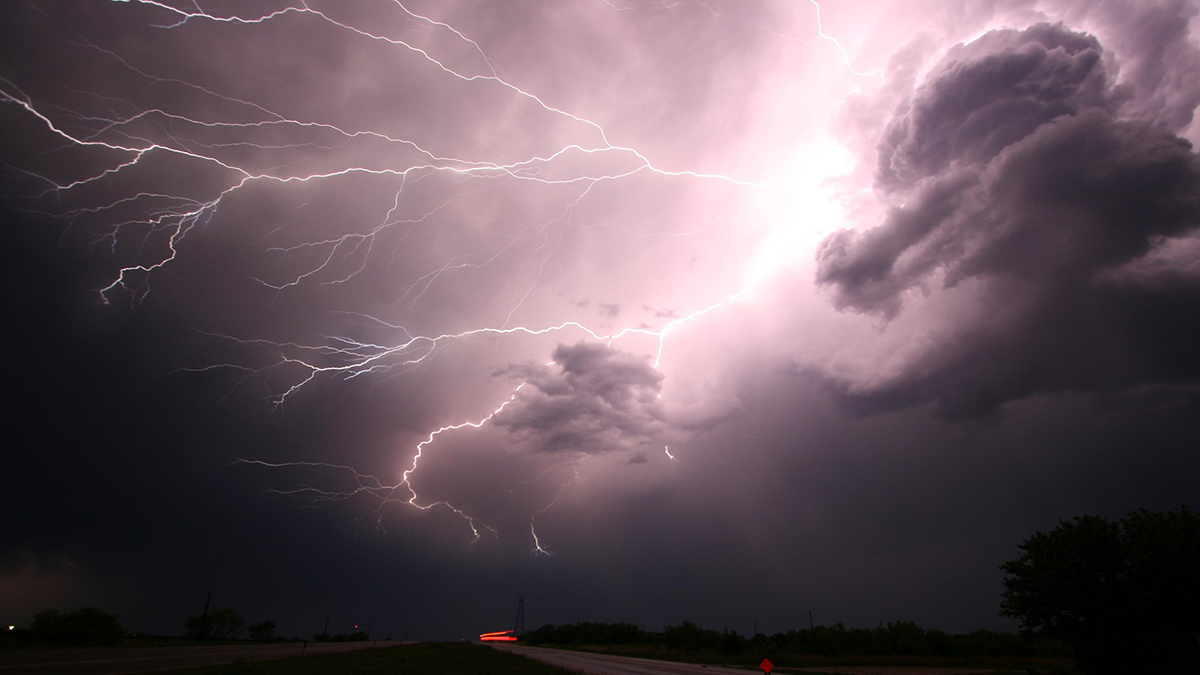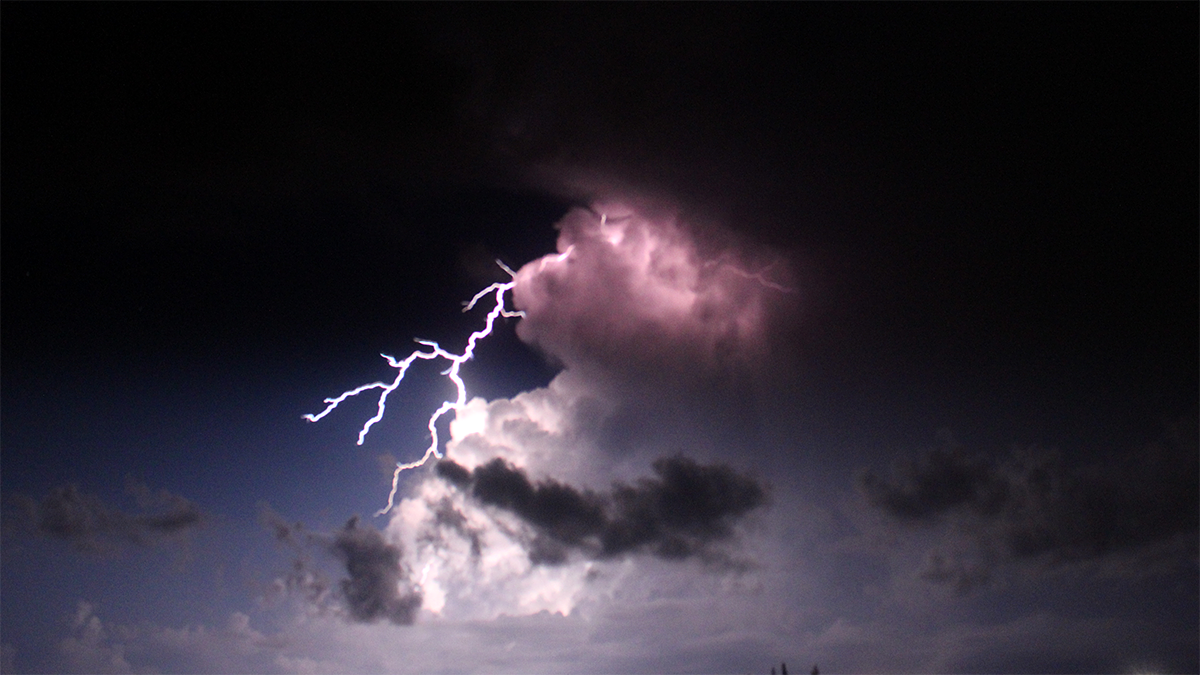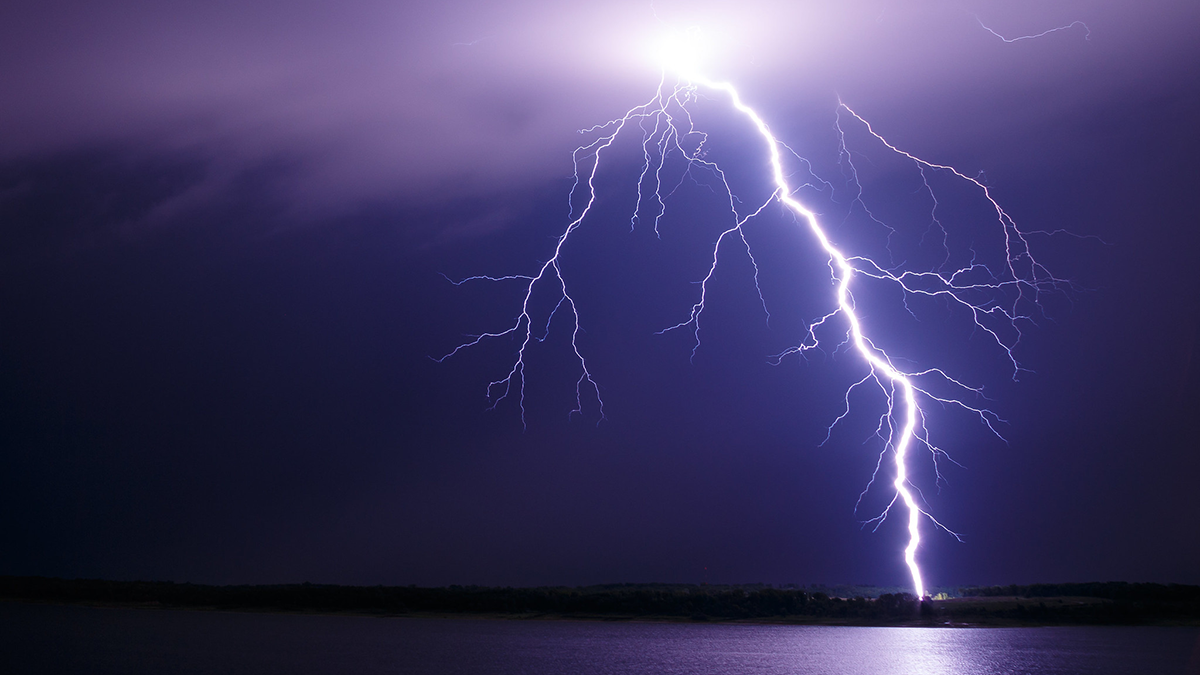A new study explains how thunderstorm electric fields produce strong gamma‐ray glows with oscillating gamma‐ray rates, and that these oscillations develop into intense pulse trains that closely resemble terrestrial gamma-ray flashes.
Xiushu Qie
Editor, JGR: Atmospheres
Posted inEditors' Highlights
Lightning Initiating at High Altitudes May Develop Continuously
Recent radio observations reveal a new mode of initial lightning development in the form of continuous initial breakdown burst of several kilometers in length at high altitudes within thunderstorms.
Posted inEditors' Highlights
Phased-Array Radar Detection of Electrically Aligned Ice Crystals
A new method for observing electrically aligned ice crystals in localized storms can detect the onset of electrification and lightning in developing storms.



